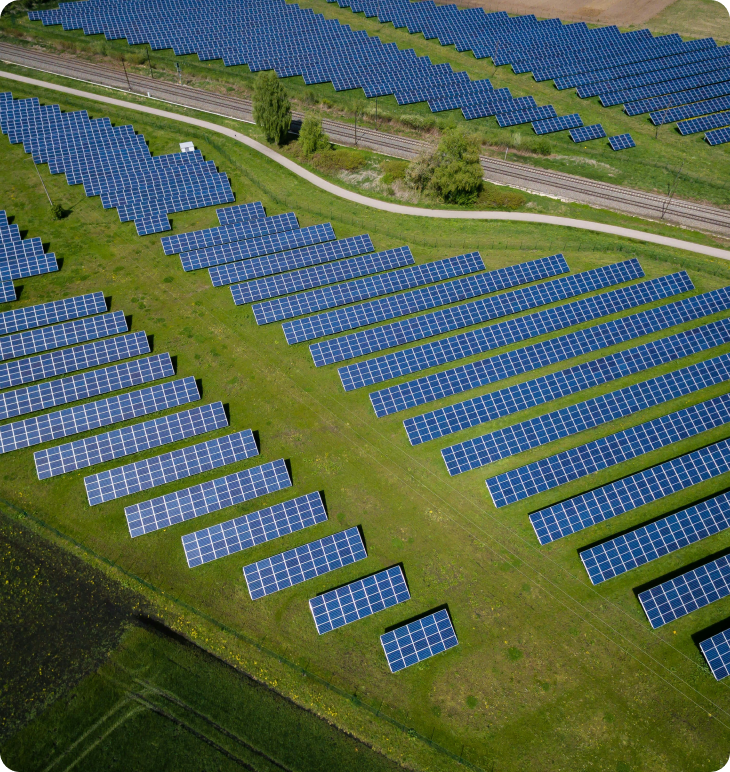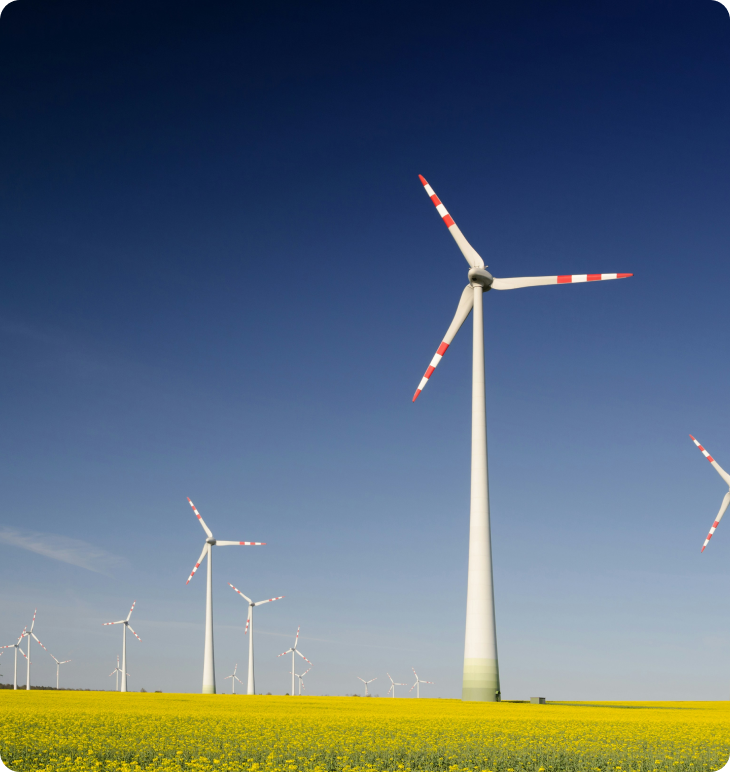With us, you will check such production factors as: technological heat, technological cold, compressed air, electrical energy and other energy carriers that directly affect your costs. We offer a range of optimization actions leading to a reduction in media expenses.
A Enterprise Energy Audit (EEA)
Contains a detailed review of energy consumption in areas of the enterprise responsible for at least 90% of the total energy consumption by that enterprise.
The actions presented in EEA aimed at improving energy efficiency will serve as a plan for the enterprise to reduce energy consumption, reduce greenhouse gas emissions, indicate possible financial benefits and estimate potential investment costs.
The Enterprise Energy Audit performed by ARP Energia Sp. z o.o. meets the requirements of the Energy Efficiency Act of May 20, 2016, thereby allowing large enterprises to fulfill their audit obligation.
Optimization Actions Audit (OAA)
Is mainly aimed at entities that are not obliged to conduct an EEA. The Optimization Actions Audit focuses on the practical part, i.e., showing areas/actions aimed at improving energy efficiency, along with estimating potential savings, investment costs, opportunities to obtain a White Certificate, and determining the impact on CO2 emissions.
As part of OAA, an experienced team of engineers conducts an inspection of the plant to list possible technical solutions aimed at improving the energy efficiency of the enterprise and thus improving its competitiveness in the market. The potential for savings in energy consumption and costs will be verified in 5 main areas covering energy actions: in the area of electrical energy, thermal energy, cooling energy, compressed air installations and production process.
Finding an optimal number of undertakings to improve energy efficiency is essential. The basis for estimating the energetic and economic effect is the energy balance in the enterprise, created based on information and data provided by the Client (OAA does not involve measurements). A balanced approach to this task will allow at an early stage of the process of improving energy efficiency to determine places with potential for saving energy. The proposed solutions aimed at improving energy efficiency are the result of knowledge and experience gained by engineers in similar investments.
In the obtained Optimization Actions Audit, you will find information concerning:
description of the current state and a proposal for optimization;
description of the current state of the indicated area, which is covered by the proposed modernization;
suggested actions with an indication of their order from the moment of making the decision to implement;
determination of necessary additional measurements or actions required to be performed, through obtaining financial resources;
obtaining offers for investment and acceptance works.
Moreover, estimated economic and environmental savings will be presented, indicating energy reduction along with the cost of purchase or production, as well as indicating the reduction of emitted CO2. There will also be a verification of the possibility and quantity of obtaining Energy Efficiency Certificates (White Certificates).
The cost of the investment for the proposed action, the payback time from the investment and the impact of the action on other investments will also be estimated. The next step may be to perform an Energy Efficiency Audit (EEA), in order to submit an application to URE – Urząd Regulacji Energetyki (Energy Regulatory Office) for issuing Energy Efficiency Certificates or an economic-technical concept.
Energy Efficiency Audit (EEA)
Conducting an EEA for a given project is very often required when obtaining various types of support systems. EEA is one of the annexes to the application for issuing Energy Efficiency Certificates. It is a study that meets the requirements of the regulation of the Minister of Energy on the detailed scope and method of preparing an energy efficiency audit, and methods for calculating energy savings dated October 5, 2017, along with subsequent changes. It includes a specific action aimed at improving energy efficiency.

 Construction of renewable energy sources (RES) installations
Construction of renewable energy sources (RES) installations

 Audits
Audits Energy Efficiency Certificates - White Certificates
Energy Efficiency Certificates - White Certificates Purchasing energy through preparing contracts in cPPA formula
Purchasing energy through preparing contracts in cPPA formula